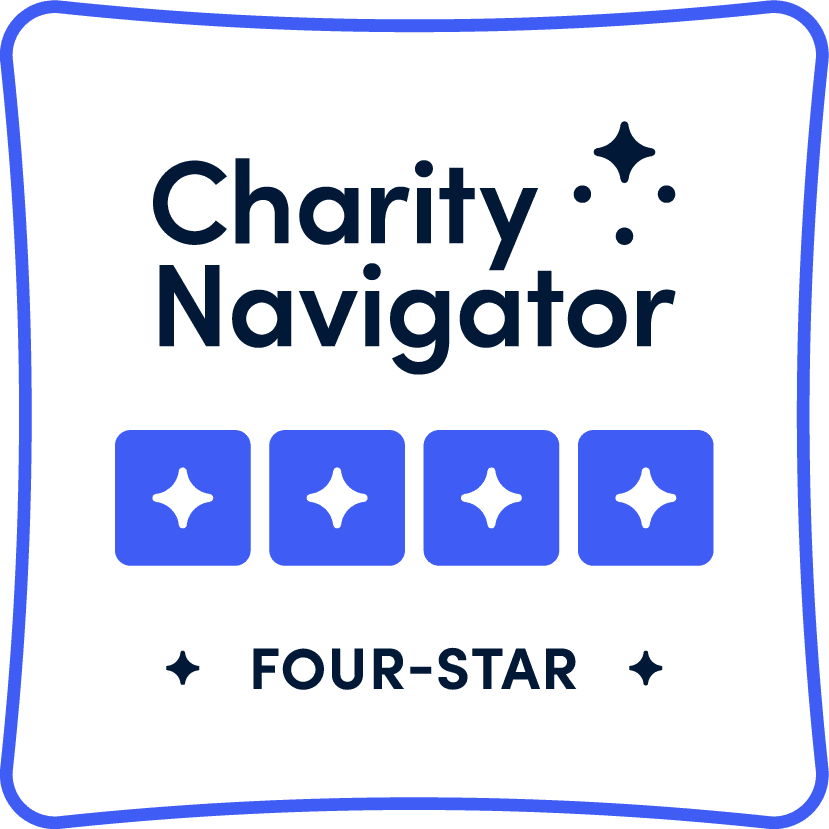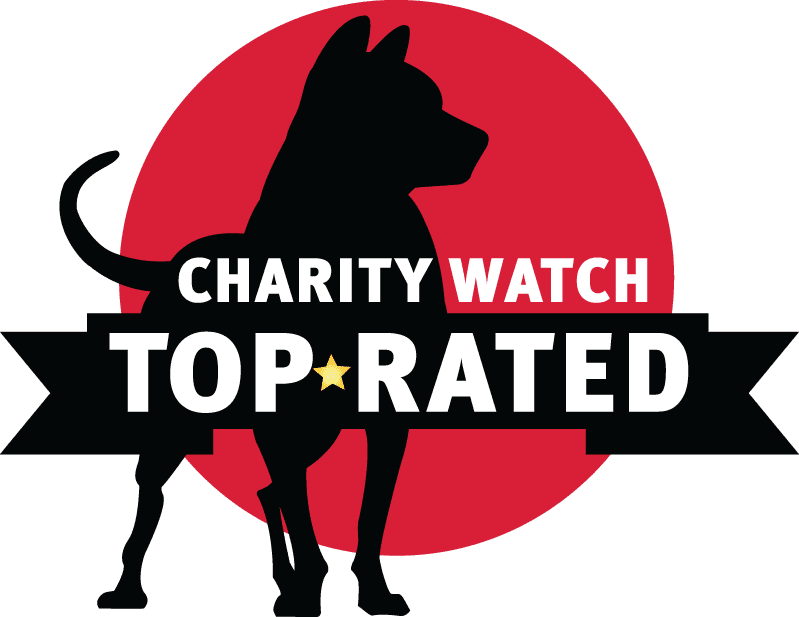Keeping the Road to Success in Focus
The solution to helping students see clearly is simple: properly prescribed glasses. But as the Helen Keller team in Vietnam will tell you, the road to success is often blurry.
In rural Vietnam, one in five children don’t know that the blurry world they see every day isn’t supposed to look that way. They have an undiagnosed refractive error—the shape of their eye doesn’t bend light correctly—making the faces, books and scenery around them fuzzy. Left uncorrected, this vision loss can become irreversible, affecting grades, self-esteem and productivity.
“80% of students have no glasses or had old glasses,” says Pham Kim Ngoc, the country director for Helen Keller International in Vietnam.
The only optic shops were located in city centers, which can be inaccessible to poor families. But that wasn’t the only reason they weren’t going.
“Some places they think wearing glasses is bad because it will make your eyes worse, so they ask children to take medicine instead,” says Ngoc.
Her team saw an opportunity. In 2011, Helen Keller Intl piloted its ChildSight® program in the remote and mountainous Kon Tom Province. The challenges of getting started were as great as the need.
“There’s a big need for school-based services in Vietnam,” Ngoc says. Since many students are from poor agricultural households, schools often provide routine health check-ups for students. Teachers and school health personnel were trained to competently screen students with Snellen eye charts, identify those in need of glasses to be seen by a visiting optometrist and refer students with more complex needs to specialists at partner hospitals.
“They are happy to receive the training,” Ngoc says of the teachers. “A lot have children they know have refractive errors.”
Once the program began, it turned out there was another player in need of training: community optical shops.
“At first we assumed they could assemble the glasses well, but when we did the follow up, we found that 60% were not,” Ngoc says.
As a result, the program has slowly amassed a network of trained optical shops throughout the province capable of producing eyeglasses meeting international standards of quality.
“Still now we try to always find private optical shops and if they are not qualified we send them for training,” Ngoc says.
Building shops’ capacity enabled others in the community to benefit, too—once the team trained them, too.
To overcome the perceptions about how to correct vision and help families understand their work, the program implemented a few marketing initiatives, even involving students in designing artwork.
“Students have been very happy,” Ngoc says of their involvement. “They’ve never had as much activity.”
Since the start of the program six years ago, more than 161,351 students have been screened. Operations have expanded to the capital of Hanoi thanks to partnerships with the Ha Dong Hospital and Hanoi Departments of Health and Education. And more children are seeing their potential than ever before.









